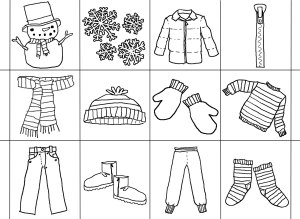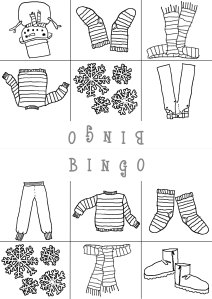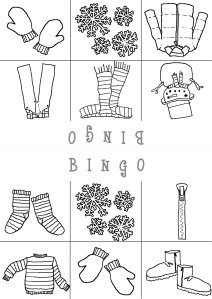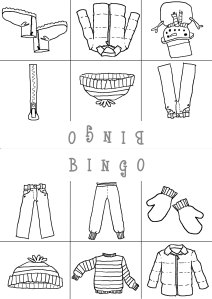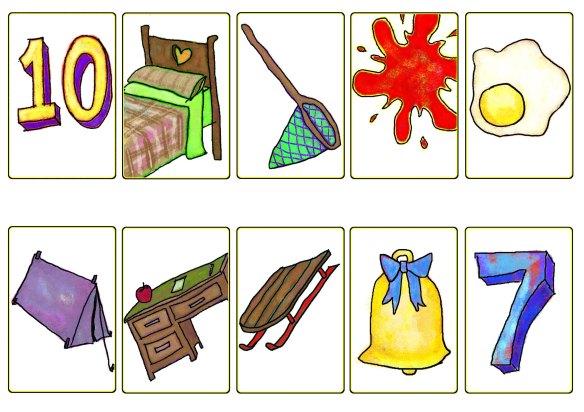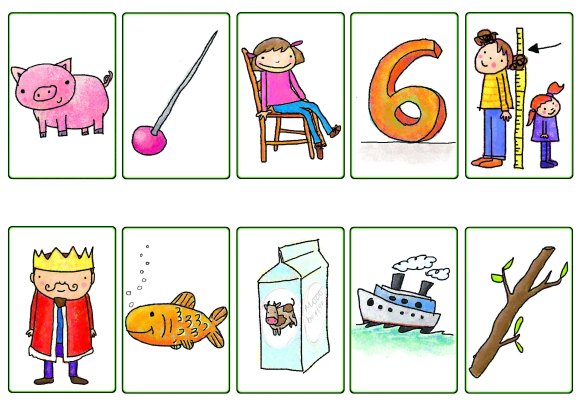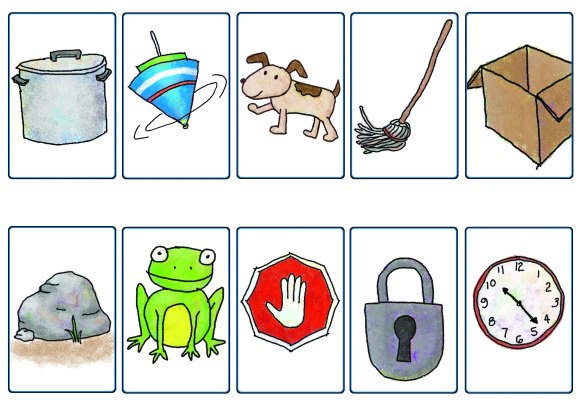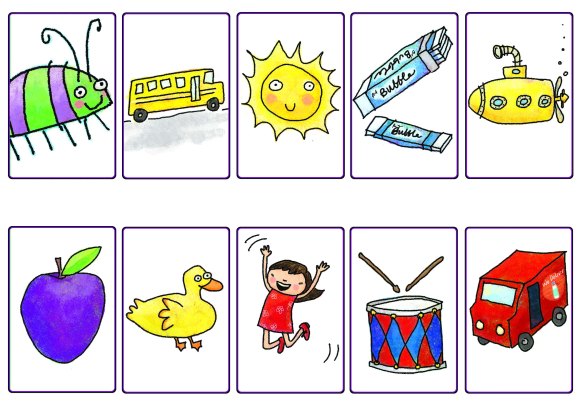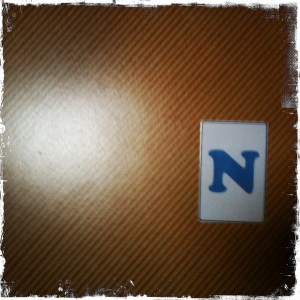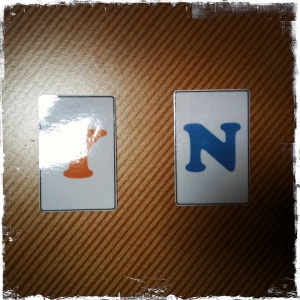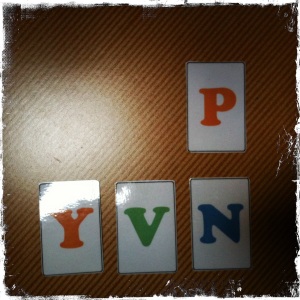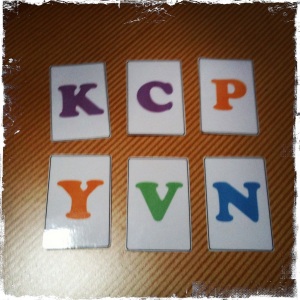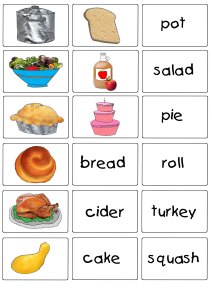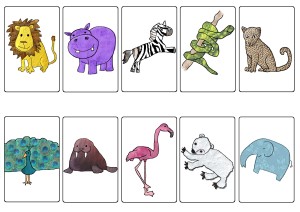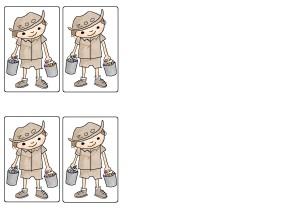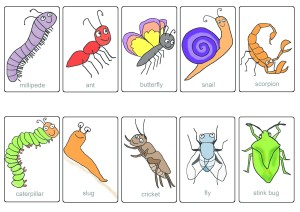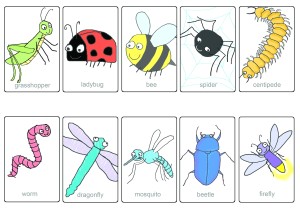The Jacket I Wear In The Snow is our favorite book to learn about winter clothes. Here is a black and white bingo that the kids will have fun coloring or you can print 2 copies of the first sheet and use it to play memory.
Category Archives: Memory/Concentration
Short Vowel Sounds
It’s a challenge to teach phonetics here (well I am sure everywhere, but I only have experience here), because the kids don’t usually have a large enough vocabulary before they start reading and writing in English. Kids usually learn to spell by memorization. I really wanted to create a game where kids could start listening/pronouncing to see if they could distinguish short letter sounds-so they could start to learn to spell phonetically, just as they learn to spell in Italian. There are a few words that the kids would know (at least according to Italian curriculum) and a few new ones. This way they wouldn’t have to learn a whole new vocabulary, but couldn’t depend on the fact that they knew how to spell some of the words already. We’ve used the cards to play a few different games, so far it’s been a good challenge. For all the games you will need to print off 1 copy each of card, laminate and cut out. I’m including what each card is, because although I thought it was clear, the kids pointed out certain cards could have more than one name. (The little stinkers don’t let me get away with anything :o)
Here are the games we played:
Single Sound Slam – This is a good game if you are just working on 1 sound, for example short a. You will need a ball or a bell. Place the bell in the center of the table. Take 1 short a card out of the deck and place it face up. The teacher flips one card over, if the sound matches the face up card (in this case short a), the first kid to grab the bell wins a point. If the bell is grabbed and the sounds don’t match, the student gets a point taken away.
Sound Slam – Pull out 1 card from each sound and place them face up on the table. All the kids sit facing the teacher. The teacher flips 1 card and the first kid to slam her hand onto the cards with matching sound wins a point. If the wrong card is slammed, a point is lost.
Memory, with a Twist – when I told the kids we were going to play Memory, they all said, ‘But, the cards don’t match!’ And they were right! The game is played just like regular memory, but instead of finding matching pictures, the kids find matching short vowel (or middle) sounds.
Written Memory: If the kids already know how to write, take out all the cards of one sound. Give the kids a few minutes to memorize all the cards. Take the all the cards away and then have the kids write down as many cards as they remember. I never tell the kids that the cards are spelled with the same vowel, it’s amazing that they figure it out and make fewer spelling mistakes. It seems too easy, but I think it’s okay because the challenge is to remember the cards, not struggle with how to spell. Plus, spelling in English is so difficult for kids, sometimes it’s good to play an easy spelling game, where they can feel proud and not easily discouraged. The game can also be played by mixing up the cards, but it’s much more of a challenge because the kids usually remember fewer cards and struggle with the spelling a bit more.
Complicated to explain, but not so complicated to play:
Flip Flop – this is a good small group game. Prep: you will need the cards, plus a bell or a horn or a small ball to put in the center of the table. Each player is dealt a card, until all the cards are dealt out, each player should have the same number of cards. (There are 50 cards, so this only works properly if you can divide the number of players into 50. If you have 3, 4, 6 or 8 players, you will have to take out 2 cards (of the same sound)- that way there will be 48 cards. If you have 7 players, you will either have to take out 8 cards, so that there will be 42 cards in the deck or take out 1 and there will be 1 card that won’t have a match. That said – here is how to play: each player places their stack of cards in front of themselves face down. One at a time players flip a card face up, (making sure to flip the card towards the group and not towards himself, so that everyone can see). When there are 2 cards of the same sound face up, the first player to grab the bell in the center of the table says the matching cards/sounds and wins those 2 cards. Attention, if that reveals 2 more cards with the same sound, the bell can be grabbed again. Once everyone has flipped over 1 card, the round begins again with each player flipping another card face up and stacking it on top of his previous face up card. (Each player should have two stacks of cards, one face down and one face up). When all the cards are exhausted, each player gathers his stack of face up cards and play begins again.
For all the games: make sure you and the kids stretch out the vowel sounds so the kids can hear them better.
If you have any other ideas of how to use these cards write us about it, we’d love to hear what you have to say. Here is a special challenge: you may have noticed that each set of cards has 5 three letter words, 3 four letter words and 2 five letter words- there is some sort of Scrabble game just waiting to be invented!).
What’s Missing – A Flashcard Game
To play What’s Missing, you will need several flashcards (FCs) and a square scarf, handkerchief or other piece of NON transparent material. Here’s how to play:
1. Set down one FC, point and say what it is – have the kids repeat the FC back.
2. Set down a second FC and say what it is, have the kids repeat the FC back.
3. Set down a third FC and say what it is, have the kids repeat the FC back
4. Cover all your FCs with the scarf. Wave your hands over the top like a magician and say ‘Hocus Pocus.’ Slip your hand under the scarf and pull out a card, but don’t let your audience see what it is.
5. Point to the empty spot and say what’s missing.
Whoever guesses the correct card wins!
Simple right? Yes, the kids know it’s not magic, some will even call you out. But, who cares? They have just learned 3 new words. After you’ve done it a few times, you can get the kids to be the magician, they really like to play the role. Congratulations, you’ve just gotten your kids to talk – and that is the real magic!
For younger kids, we usually keep the number of cards to just a few (3 – 5 cards). For older kids keep adding more cards:
1. Put the missing FC back and add another FC, say what it is and have the kids repeat.
2. Add another FC, say what it is and have the kids repeat.
3. Add another FC, say what it is, have the kids repeat. Point and repeat each FCname -either the kids will chant with you or they will repeat after you.
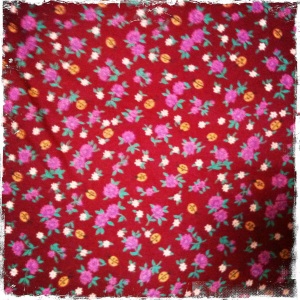 4. Repeat Step 4 from above. Keep adding FCs in the same way and see how many cards you can get up to. It gets a bit difficult later on because cards start flying away when you pull off the scarf, but the kids will usually remember the order of the cards and want them put back exactly the same.
4. Repeat Step 4 from above. Keep adding FCs in the same way and see how many cards you can get up to. It gets a bit difficult later on because cards start flying away when you pull off the scarf, but the kids will usually remember the order of the cards and want them put back exactly the same.
Playing the game like this is also a good way to make yourself feel old, you will be amazed at how much better the kids’ memories are compared to yours! I try and figure out which card I pull away, but usually I have to check.
Sometimes we Muggles can pull off a magic trick, even if we didn’t get to go to Hogwarts!
The Old Lady Who Swallowed a Pie Memory Game and Crossword
Per leggere questo post in italiano, cliccate qui.
The IKAOLWSAP is a favorite story of ours – it’s fun, it’s silly and it’s a great way to learn about traditional foods for this holiday. We’ve got two ways to learn to read and spell the words. The first one is Memory, just print and cut out the cards. You can play just like regular memory, but matching pictures and words together (instead of two alike pictures).
And there is an IKAOLWSAP crossword puzzle:
 Have fun. Happy reading and spelling and most of all Happy Thanksgiving! Gobble gobble!
Have fun. Happy reading and spelling and most of all Happy Thanksgiving! Gobble gobble!
Polar Bear What Did You Hear? Memory Game
Per leggere questo in italiano, cliccate qui.
Animal Sounds Memory! To play this game, print and cut out 4 copies of the first sheet with all the animals and one of the sheet with zookeeper.
Object of the Game: to memorize the noises and mimes of the animals in the right order.
1. Shuffle the deck and then place it face down in the center of the table. Decide who goes first.
2. The first player draws a card and places it face up next to the deck. She says what the animal is and imitates the sound and gestures for that animal.
3. The second player draws a card, places it face up on top of the first player’s card. He makes the sound and mimes the animal on the first card and then of the card he has just turned over. And so on and so forth until a player gets an animal or it’s sound.
4. Once a card is turned over and covered by the next player’s card, it should not be turned over and covered again.
5. When a player makes a mistake, instead of reshuffling the deck and beginning all over – the player takes a penalty card from the face up pile. Whoever has the most penalty cards (once all the cards have been turned over) begins the next round.
Variation – at the beginning of the game, set a time limit on how long the game will last. The winner is the person with the least penalty cards.
Other uses for the cards – you can also use these cards to play memory the classic way, Go Fish! or Guess Who?
Which Bug is Buggin You?
To read this post in Italian, click here.
Here are some games you can play to learn bug names. Print off 2 sets of these cards and you can play Memory or Go Fish! With just one set of cards you can also play a type of Guess Who.
To play you will need:
- 1 set of cards that have been laminated
- small reusable stickers or dry erase pens
- 2 or more players
The object of the game is to guess which bug has been chosen by asking yes or no questions.
1 person choose be the bug chooser and the other person or people will be the guessers. The person who chooses the bug will place a sticker or a small x on the back of one of the cards (make sure the other player(s) don’t see which one. Younger kids might need to go into another room to do this). That person places all the cards face up on the table. The other players take turns asking yes or no questions to figure out which bug has been chosen. Such as does it fly? If the answer is yes, all the cards with bugs that don’t fly are turned face down. If the answer is no the cards with bugs that do fly are turned upside down. Players can only guess the bug on their turn. To avoid people constantly shouting out names, without trying to ask questions first, we do a penalty of -if a player guesses incorrectly they skip a turn. The first person to guess the correct bug wins. That person becomes the next person to choose the bug.

